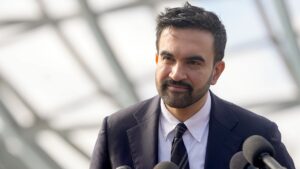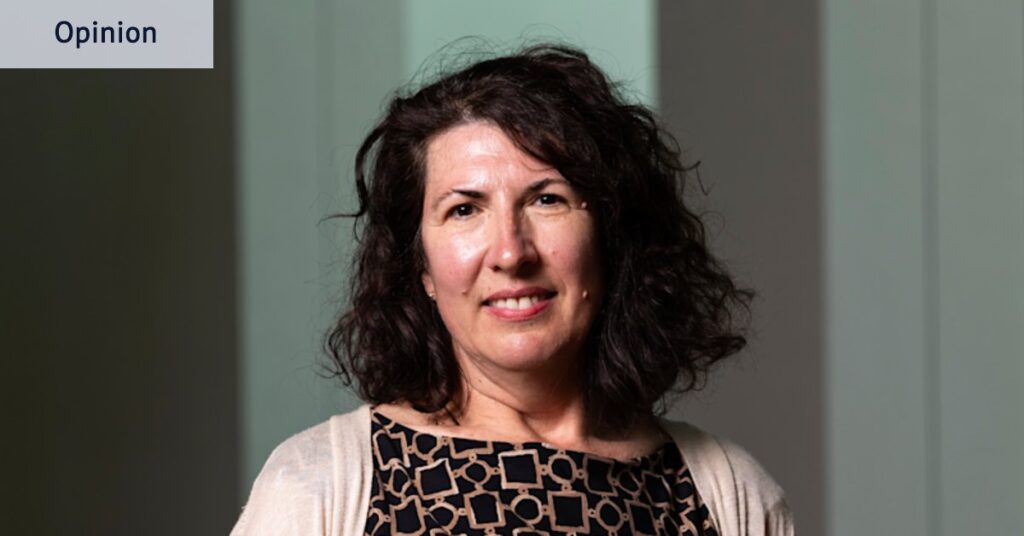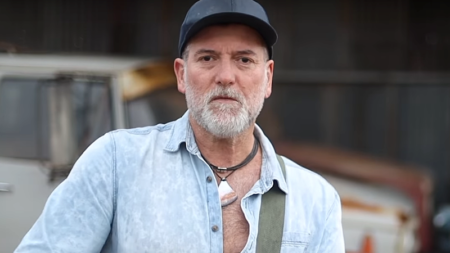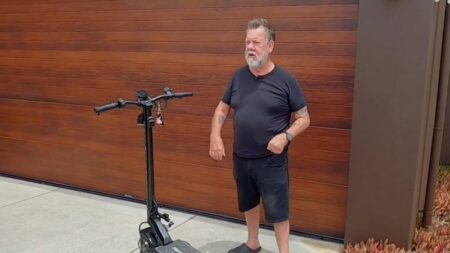The federal government this year held an Economic Reform Roundtable. The STEM sector – covering science, technology, engineering and maths – was largely overlooked. Our greatest productivity shifts in history have all been driven by technology and industrial revolutions underpinned by research and innovation, and that’s where our next productivity jump will come from.
Loading
Each dollar invested in R&D returns $3 to $6 for the economy, so there’s a clear case for putting R&D at the heart of economic reform. If you don’t invest in R&D, you don’t innovate and you don’t create new products and services. You lose your best ideas to overseas and productivity will collapse. A decade of decline in national investment has flattened the batteries of the economy.
Before the end of the year, the federal government will receive a report from the independent panel tasked with undertaking a strategic examination of research and development (SERD). The government’s language around this, focusing on budget neutrality, reflects the penny-pinching that brings us the CSIRO and ANSTO dilemma, rather than boosting investment in the kind of discovery research that drives knowledge and innovation.
We need investment in the next steps along the R&D pathway, the applied and translational work, but without proper investment in foundational research we will have no ideas to translate and potentially commercialise. The nation needs the SERD process to deliver strong and actionable recommendations to government that deliver for our R&D sector. We need the government to listen – and act.
The sector has called for SERD to deliver transformational change to deliver a more cohesive, co-ordinated system that supports research all the way from discovery through to economic benefit to the nation. We’ve also called for a strong focus on the sophisticated research infrastructure that scientists depend upon to do their work – another component of our R&D system that needs long-term, sustained funding.
Loading
I come back to my sad call with Paula Taylor. We know there are already declining participation rates in higher level maths and physics in Year 12. Our children need role models and to be inspired by our science leaders – and aspire to be one themselves. That’s why Science and Technology Australia runs the Superstars of STEM program, supporting young scientists to be the next big thinkers. Where will they come from in the future?
Science doesn’t need a short-term bailout. It’s not enough to lurch from funding crisis to crisis. Australia needs long-term strategic investment with a clear vision that harnesses our strengths. We have so much talent and a long history of innovation, of which the whole nation can be proud. It’s time for the federal government to turn the backwards slide around and seriously support the depth and strength of our scientific capability.
Ryan Winn is the CEO of Science and Technology Australia.
Read the full article here














